
Agus Wijaya
Installation Image, Main Gallery, 2022

Agus Wijaya
Procession - 2/3+1AP, 2020
Archival pigment printing on art canvas and mixed media, mounted on perspex
73 x 130 cm image size, 86 x 142 cm framed size

Agus Wijaya
Homecoming - 1/1+1AP, 2021
Archival pigment printing on art canvas and mixed media, mounted on perspex
73 x 130 cm image size, 86 x 142 cm framed size
SOLD

Agus Wijaya
Taksakala - 1/3+1AP, 2021
Archival pigment printing on art canvas and mixed media, mounted on perspex
73 x 130 cm image size, 86 x 142 cm framed size
AVAILABLE $5,500

Agus Wijaya
Installation Image, Main Gallery, 2022

Agus Wijaya
Yi - 1/1+1AP, 2022
Archival pigment printing on art canvas and mixed
18 x 14 x 2 cm
AVAILABLE $820

Agus Wijaya
Er - 1/1+1AP, 2022
Archival pigment printing on art canvas and mixed
18 x 14 x 2 cm
SOLD

Agus Wijaya
San - 1/1+1AP, 2022
Archival pigment printing on art canvas and mixed
18 x 14 x 2 cm
SOLD

Agus Wijaya
Si - 1/1+1AP, 2022
Archival pigment printing on art canvas and mixed
18 x 14 x 2 cm

Agus Wijaya
Wu - 1/1+1AP, 2022
Archival pigment printing on art canvas and mixed
18 x 14 x 2 cm

Agus Wijaya
Liu - 1/1+1AP, 2022
Archival pigment printing on art canvas and mixed
18 x 14 x 2 cm
SOLD

Agus Wijaya
Installation Image, Main Gallery, Left Wall, 2022
AVAILABLE $0

Agus Wijaya
Jejadian (left), Installation Image - 1AP, 2022
Installation
Variable dimensions
SOLD

Agus Wijaya
Sampurasun - 1/1+1AP, 2022
Mixed media
41 x 21 x 6.6 cm
SOLD

Agus Wijaya
Tutuluyan, 2022
Installation, iPad, Mixed Media

Agus Wijaya
Installation Image, Front Gallery, Tutuluyan, 2022
AVAILABLE $0

Agus Wijaya
Bwwamtm, 2022
Animation
68s

Agus Wijaya
Installation Image, TV Animation, Bwwamtm, 2022
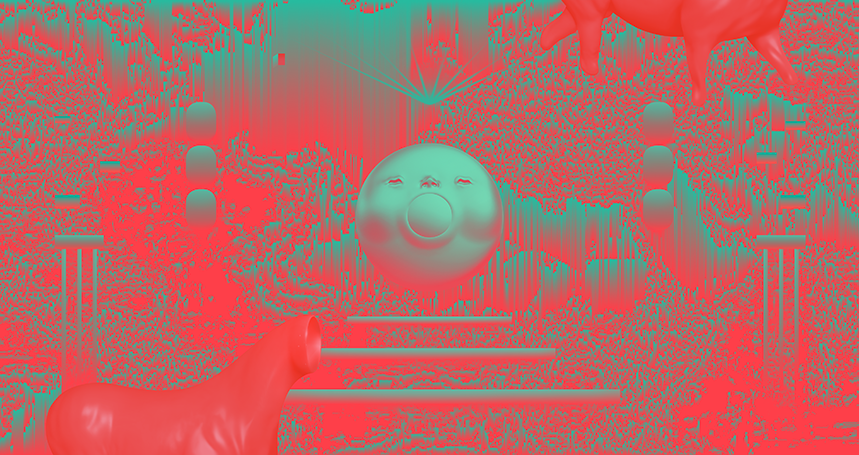 |
Agus Wijaya, Homecoming, 2021, Archival pigment printing on art canvas and mixed media, 73.9 x 135 cm, Photo COTA |
‘Tata Reka’ is a multi-medium exploration of identification and dis-identification, of personal and cultural histories, of the bridges and glitches between ways of knowing and seeing. Born in Cianjur, a small town in West Java, Indonesia, Wijaya has been working professionally across illustration and graphic design for many years. Yearning for a more personal and contemplative matter, Wijaya returned to artmaking six years ago. 'Tata Reka' is Wijaya's third solo exhibition interrogating both the personal and cultural self through 3D abstraction, experimental sculpture and new media.
|
|
||
Thursday, May 5, 2022 at 6:00PM |
Saturday, May 14, 2022 at 2:00PM |
Exhibition Essay
by Sebastian Henry-Jones
It takes a while for your eyes to adjust to the red and aqua patterns that define Agus Wijaya’s most recent body of work, for his exhibition Tata Reka. There is an intriguing contrast to be observed between the undercurrent ‘glitching’ appearing to intrude upon the forms in many of these images, and the singular, well-defined forms of the characters who live in them, albeit some with limbs, legs or head missing. There is something anachronistic about their presence in this strange landscape, that seems to be collapsing into atomised segments before our very eyes, much in the same way that pixels in a television screen work to display one tiny portion of a larger picture. In my conversations with Agus, and beyond, in my research, I haven’t been able to find much information about these characters. After the initial panic of not knowing what to write about them, in returning to the works themselves, it’s clear that to simply know their histories, and to reproduce them here would be beside the point. My initial eagerness to know them at their core is, in fact, at odds with the ways which these works ask to be engaged.
As Agus says, the works reflect a complex, doubled feeling of comfort and uneasiness within the place he grew up in - Indonesia, where for a long time dating back to Dutch colonisation, there has been an open mistrust and normalised violence towards Chinese Indonesians. He refers to it as a political othering, resulting in an ever-changing sense of self in relation to the mainstream values held in broader Indonesian society. These childhood figures represent a slippery space of identification and disidentification, of certainty and then not. For me then, they shouldn’t be used as a means of thinking through static understandings of identity (Chinese, Indonesian, Australian), dependent as these are on ways of knowing that look to see the world and the things in it as determined, categorically separate from each other, and sequential. Rather, they demonstrate the feeling of uneasiness itself. This body of work is about focus, and then again not, each work exemplifying an internal play between noise, and then recognising patterns, discerning order from within that noise.
'...the works reflect a complex, doubled feeling of comfort and uneasiness within the place he grew up in - Indonesia, where for a long time dating back to Dutch colonisation, there has been an open mistrust and normalised violence towards Chinese Indonesians.'
The sound of someone's accent isn’t fixed evidence of who they are, but rather a reflection of where they have been over time, the journeys they have taken. Similarly, these works give us a better understanding of the complicated context within which an identity may grow. As a person with Chinese background growing up in Indonesia, deciding which aspects of himself should be legible and which aspects should remain harder to read, has long constituted much of Agus’ everyday practice as much as it has his artistic one. This practice is defined by risk and secrecy, hence vulnerability, in navigating a larger power-dynamic than one individual can affect. Agency is simply the power that an individual has access to within a very specific intersection of distinct subjugations. In this way, these works provide a safe space within which the artist may take risks, refine practice, all the while reclaiming some of the culture, figures and beliefs that previously weren’t available due to the situation defining his childhood.
These works feel ‘staged’ in the sense that there are obvious and less obvious techniques of staging in their creation. In their panoptic composition – which adheres to the conventions of visual perspective – at the same time that these works seem to present themselves up for easy viewing, I’m reminded of the dynamics and politics between ‘onstage’ and ‘backstage’, and the attendant modes of performativity, authenticity that characterise the gestures unfolding in each. Precisely, what should remain front and centre, and what should simply remain backstage? Agus Wijaya’s works make me interested in the slippery ways that we exist in these spaces, in the ways and perspectives from which we perceive them. Asking from one side – how deep does the extractive gaze pierce in spaces of fine art, and what does it mean to present these works in Australia, to an audience who might have little understanding of the political, social and personal narratives that underpin their existence? Is this not the fundamental struggle of communication itself? How far is the distance between two minds, and how does it compare to geographies shaped by socio-political activity? These works ask us not to pay attention to what’s front and centre, but rather to listen to the context structuring their appearance to us - that is, the works ask us to pay attention to the shifting nature of experience itself. Experience as a moment in which we are constantly negotiating our view and our place onstage, backstage, of internal and external worlds.
 |
Agus Wijaya: Artist Statement & Bio
Wijaya’s practice questions the construction of both the personal and cultural self through 3D abstraction, experimental sculpture and new media.
He draws on the beliefs and elements from his home country as he seeks to reconnect with the cultural heritage – that he stayed away from, but came to realise – that despite everything, helps explain his perception of things.
His recent works are a multi-medium exploration of identification and dis-identification, of personal and cultural histories, of the bridges and glitches between ways of knowing and seeing.
Born in Cianjur, a small town in West Java, Agus Wijaya is an Indonesian artist of Chinese background who now lives and works in Sydney. His practice questions the constructedness of both personal and cultural self through digital abstraction, experimental sculpture and installation.
With reference to manifold cultural dimensions, he interrogates strategies of identification and dis-identification, power dynamics within socio-economic and political frameworks and the bridges and glitches between ways of knowing and seeing.
His works have been exhibited at the Insitute of Modern Art as part of the churchie and selected as finalists in Dobell Prize, Woollahra Small Sculpture Prize, North Sydney Art Prize, Fisher’s Ghost, Incinerator Art Award and the 68th Blake Prize at the Liverpool Powerhouse.
Agus Wijaya: CV November, 2025 Download
Born in Cianjur, a small town in West Java, Agus Wijaya is an Indonesian artist of Chinese background who now lives and works in Sydney. His practice questions the constructedness of both personal and cultural self through digital abstraction, experimental sculpture and installation.
With reference to manifold cultural dimensions, he interrogates strategies of identification and dis-identification, power dynamics within socio-economic and political frameworks and the bridges and glitches between ways of knowing and seeing.
His works have been exhibited at the Insitute of Modern Art as part of the churchie and selected as finalists in Dobell Prize, Woollahra Small Sculpture Prize, North Sydney Art Prize, Fisher’s Ghost, Incinerator Art Award and the 68th Blake Prize at the Liverpool Powerhouse.

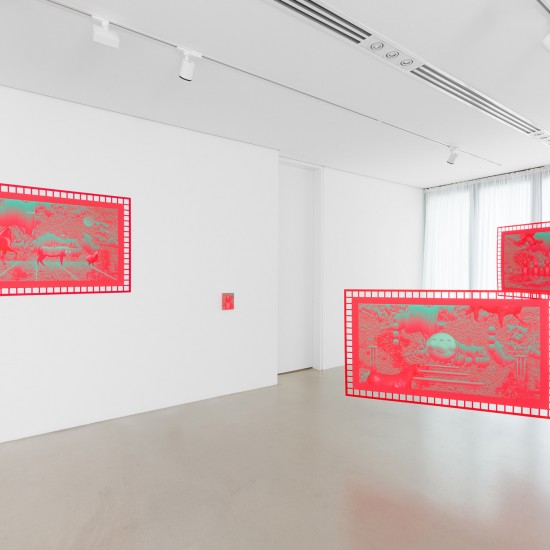
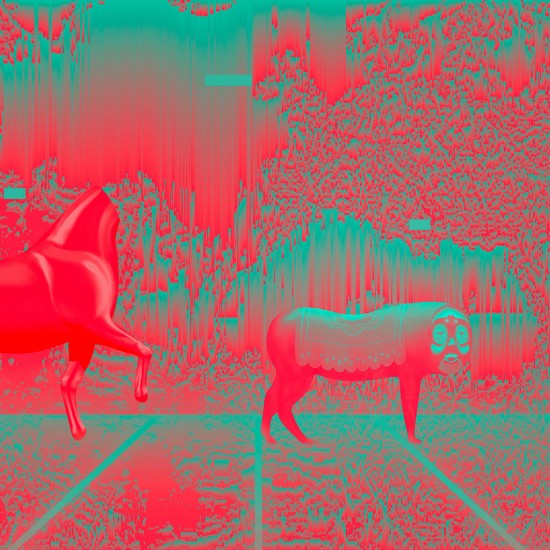
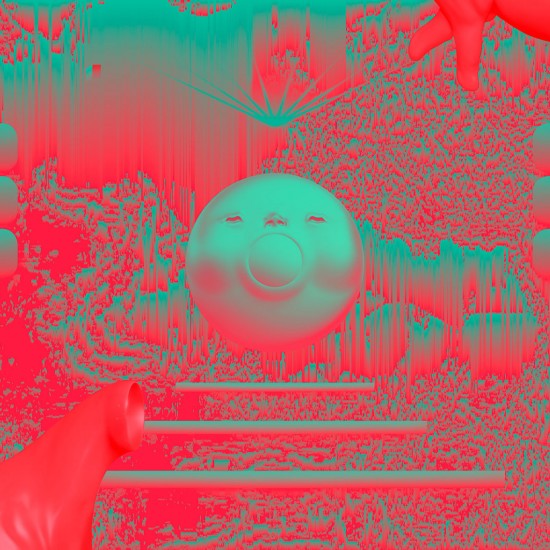
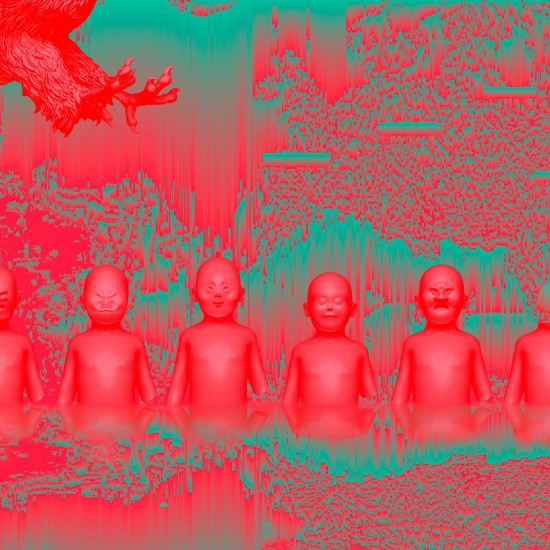
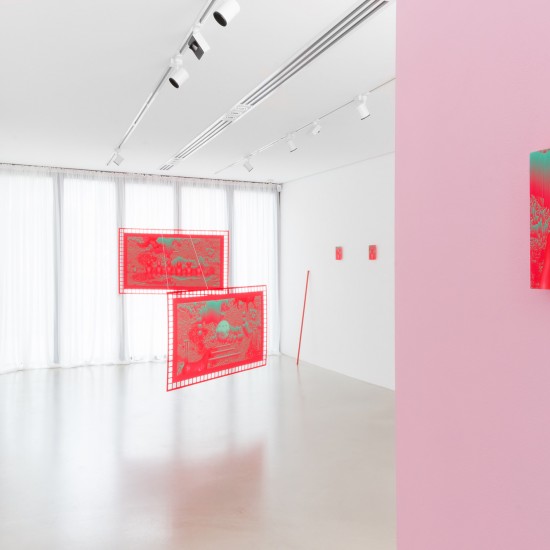
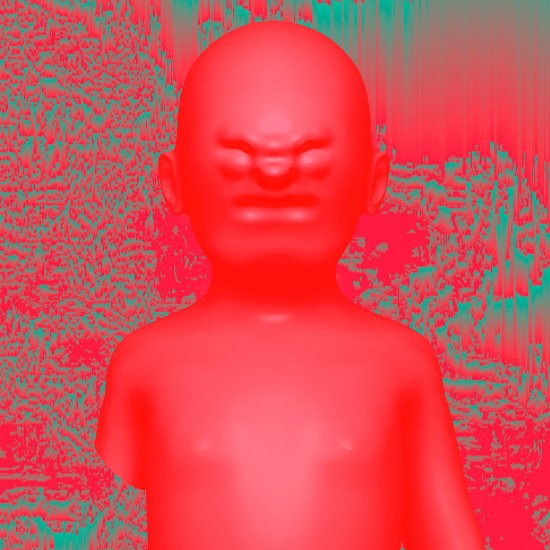
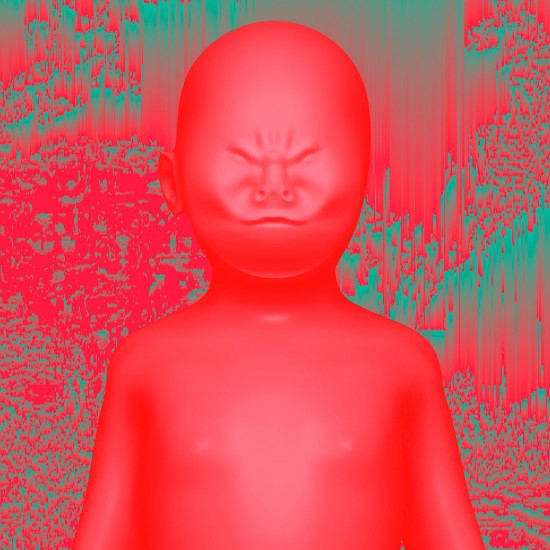
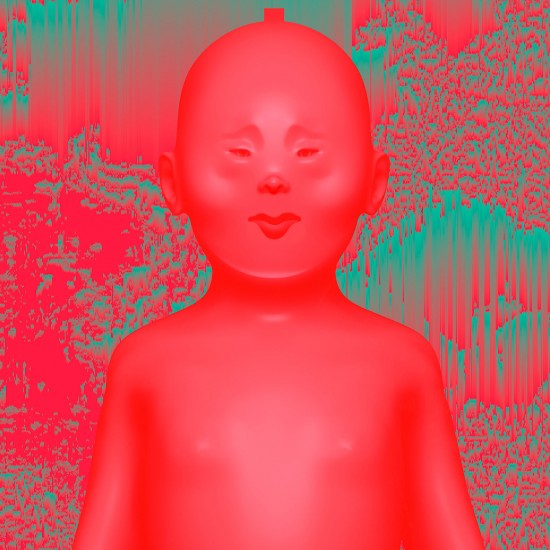
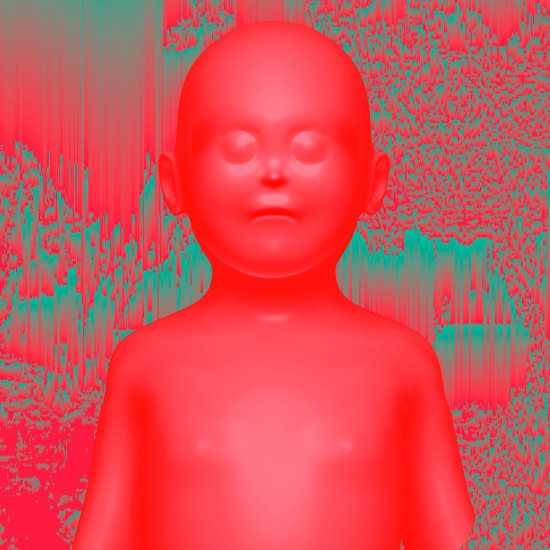
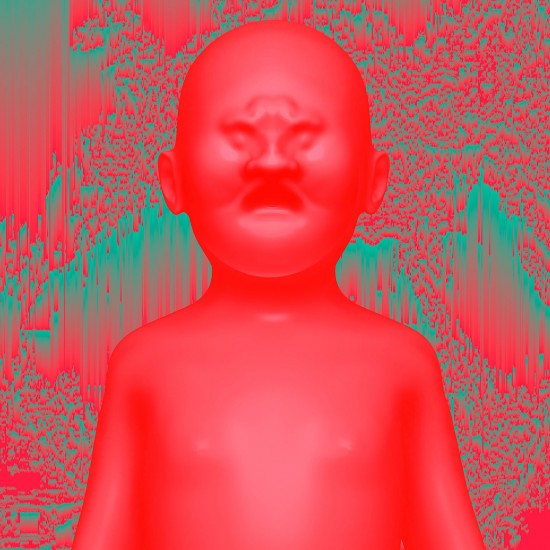
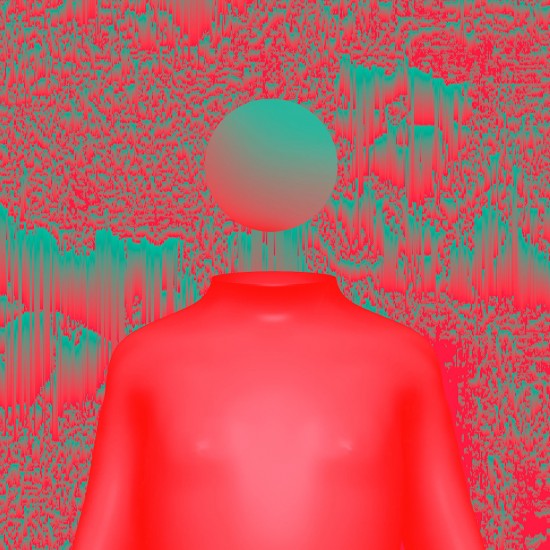

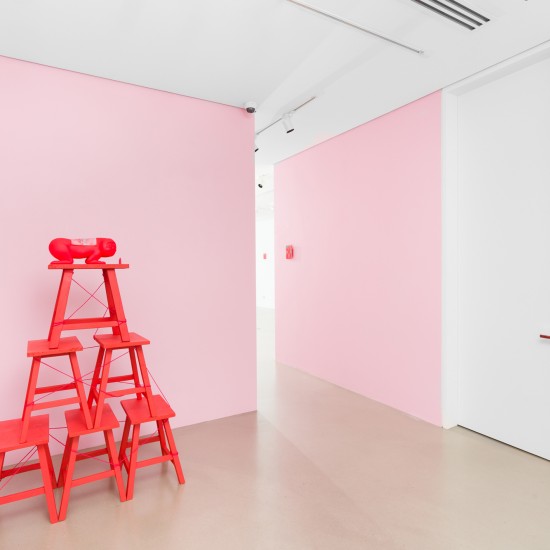
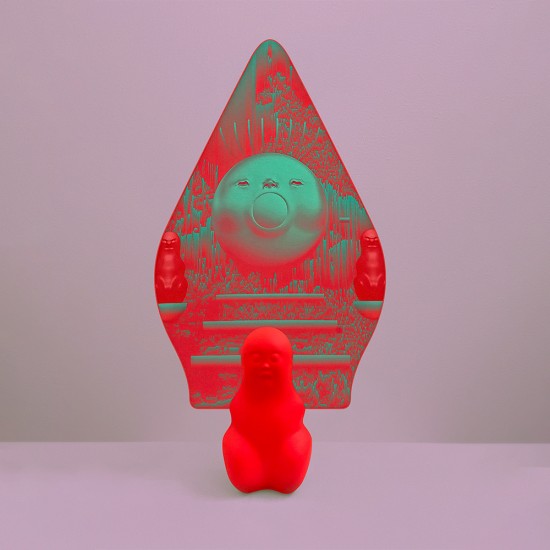
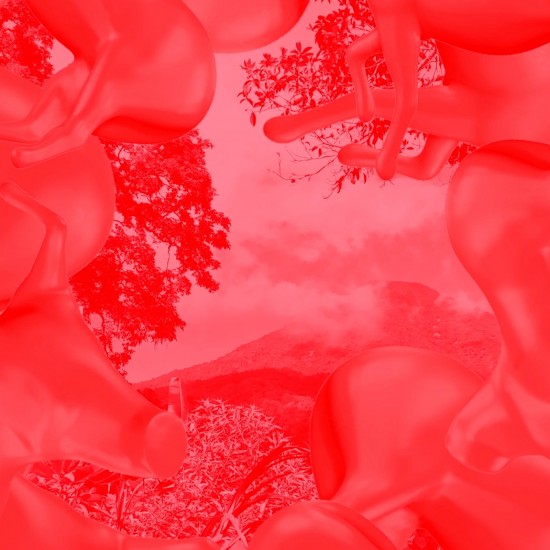
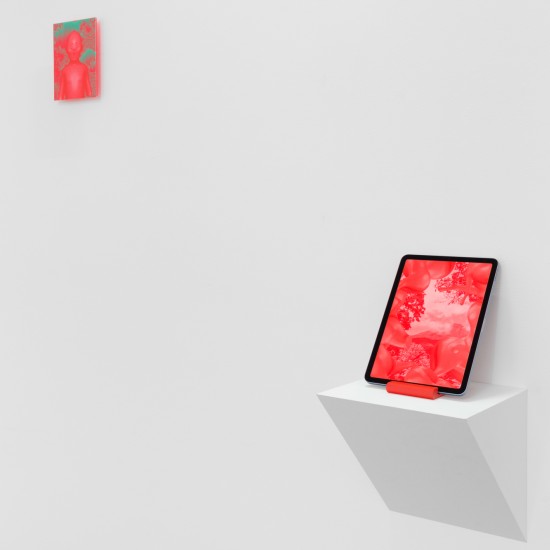
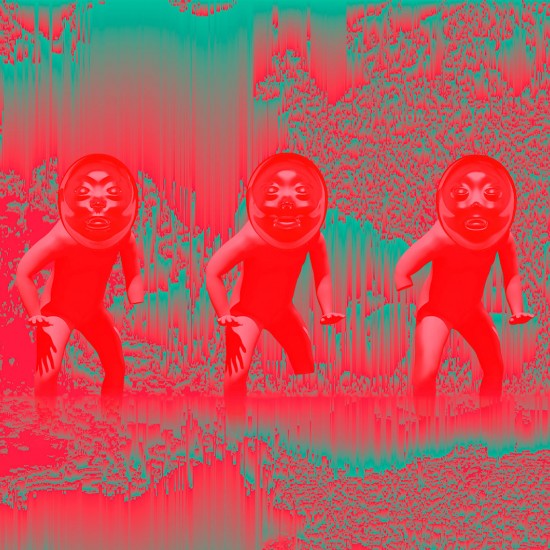
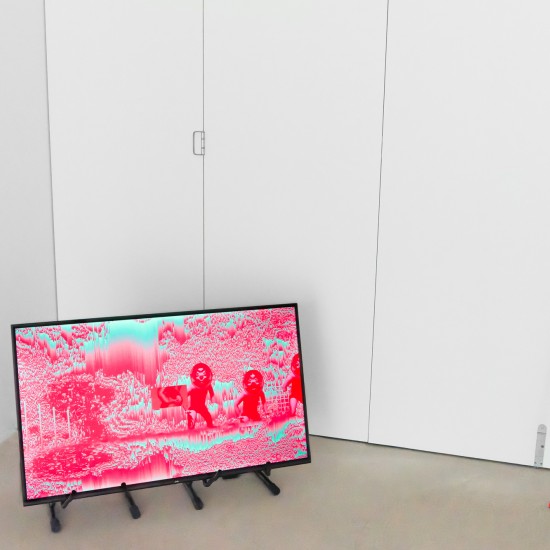

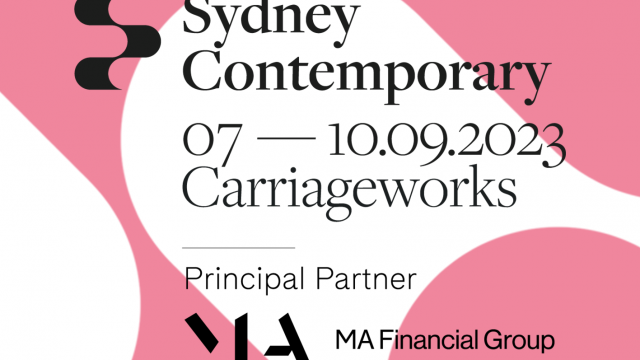
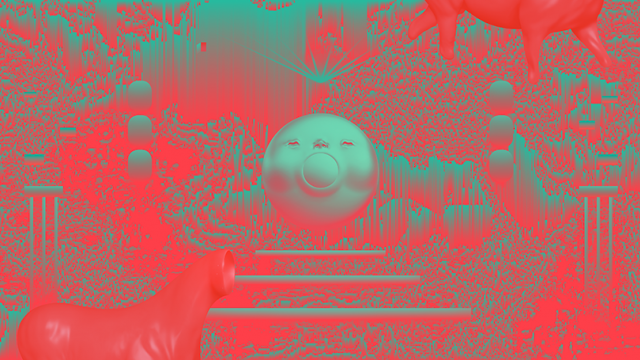
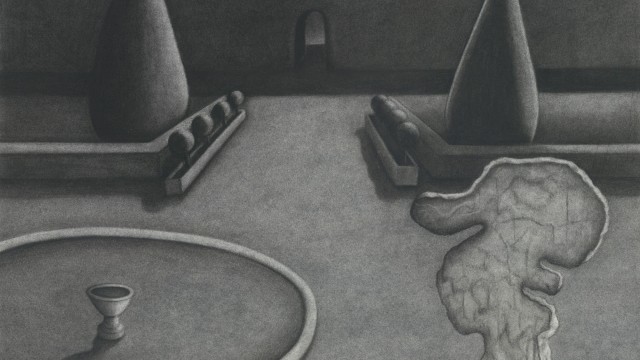
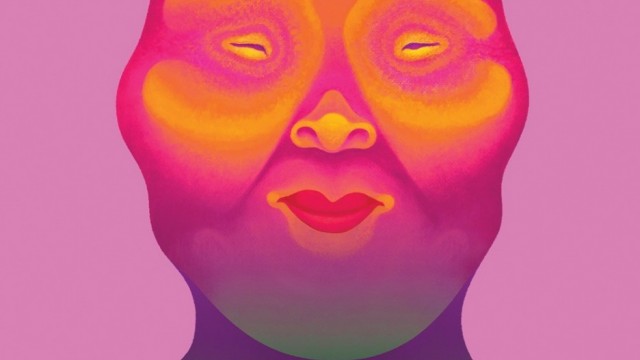
e-catalogue for Agus Wijaya - Tata Reka
Agus Wijaya - Tata Reka